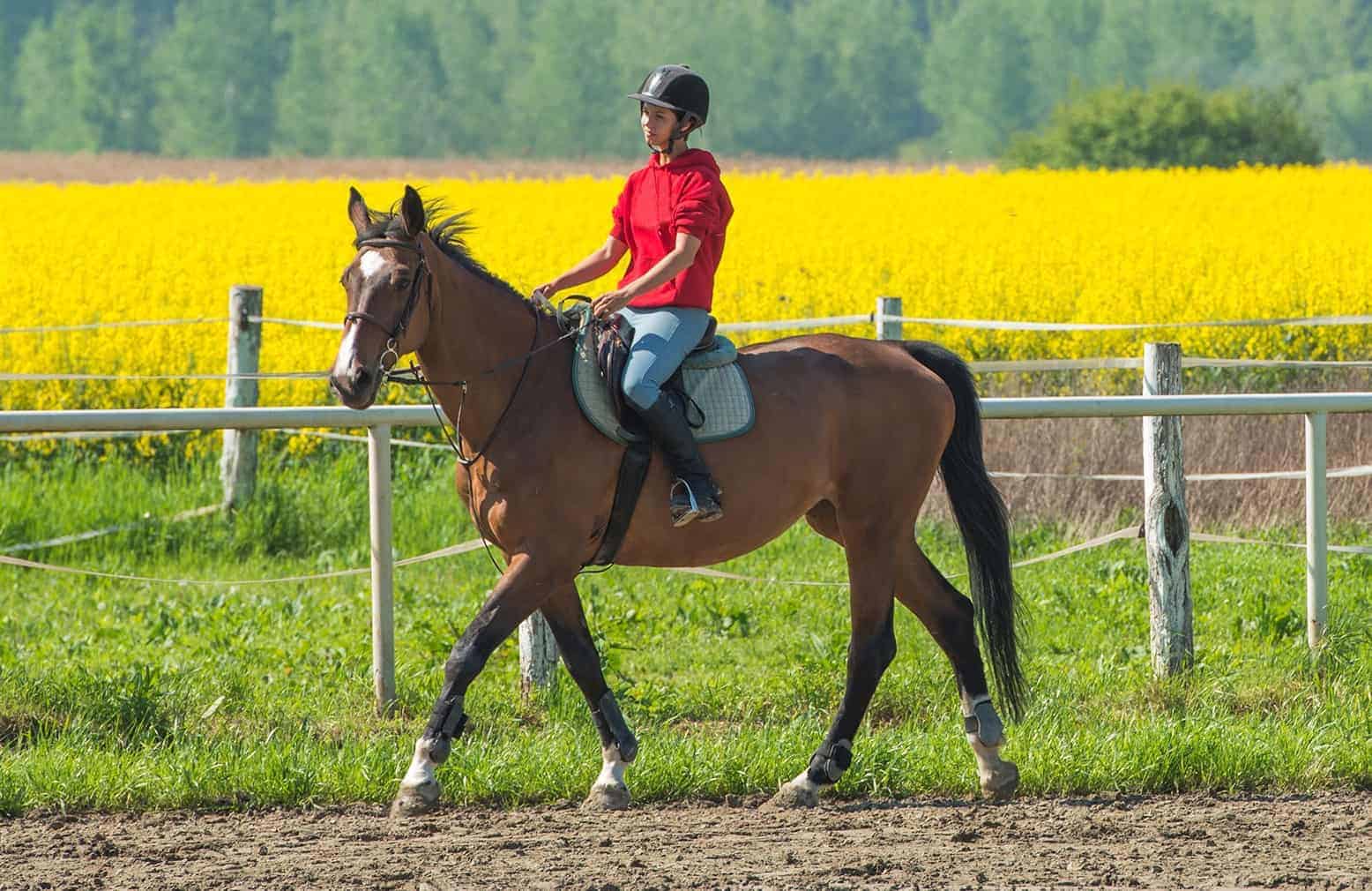Tips for Returning Horses to Work After Soft Tissue Injury

There’s no way around it: Equine soft-tissue injuries, simply due to the nature of the sports horses take part in, are all but inevitable, said Alan Manning, MSc, DVM. The good news is veterinarians can often help injured horses return to work. He said this process generally comprises 25% treatment and 75% rehabilitation.
“When soft tissue is healing, the new tissue needs to be educated on its new job,” he said. “This occurs during the rehabilitation process and has to be done gradually.”
However, he said, there are few, if any, published protocol studies detailing how to rehabilitate horses and help them return to full work. So, at the 2016 American Association of Practitioners Convention, held Dec. 3-7 in Orlando, Florida, Manning reviewed how he returns horses with soft tissue injuries to work, a task he described as “a puzzle
Create a free account with TheHorse.com to view this content.
TheHorse.com is home to thousands of free articles about horse health care. In order to access some of our exclusive free content, you must be signed into TheHorse.com.
Start your free account today!
Already have an account?
and continue reading.

Written by:
Erica Larson
Related Articles
Stay on top of the most recent Horse Health news with












